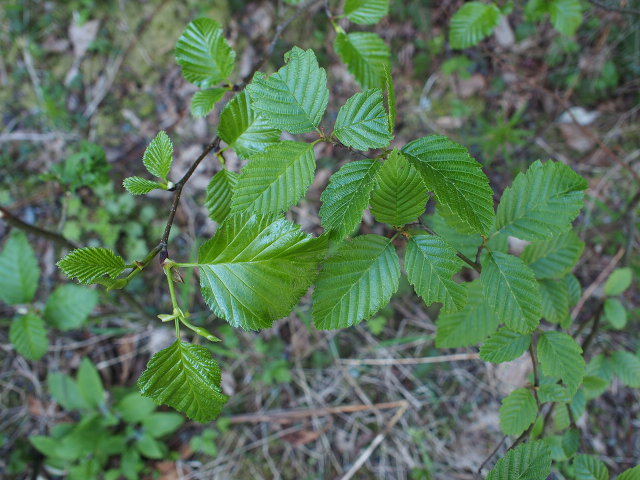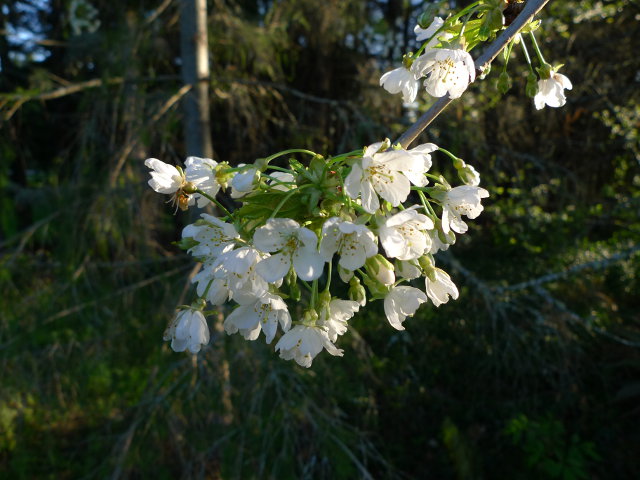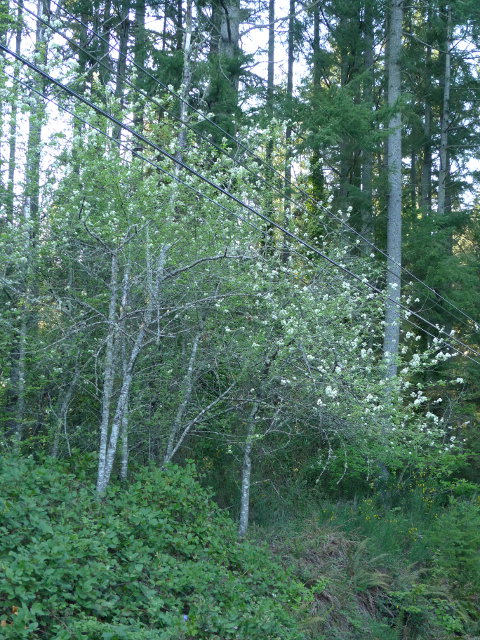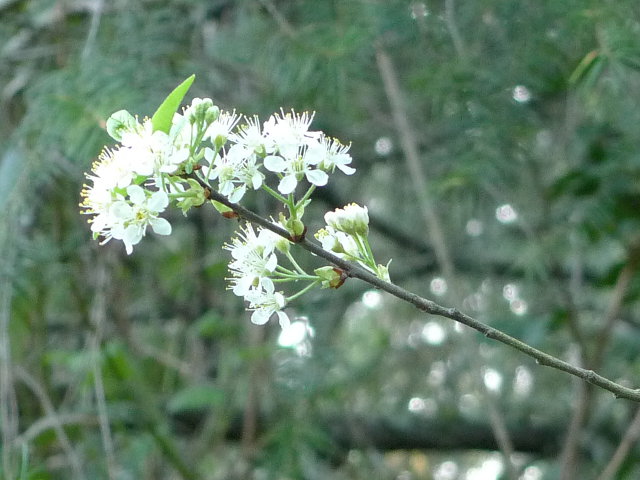Published at 11:37 on 17 May 2019
So, I recently modified two existing software tools a bit and connected them together with a shell script to make a tool to extract individual TrueType fonts (.TTF files) from a TrueType font collection (.TTC file).
And the Property Rights Über Alles crowd immediately took offense, because this is a tool for “piracy.” Purportedly, simply because I am extracting files from what amounts to an archive I am creating an unauthorized derivative work, in violation of the copyright on the fonts.
I say bullshit. The fonts were in TrueType format before my extractor operates on them, and they are in TrueType format after it does. All that changes is what was a single file becomes multiple individual files. That’s it.
Really, now: If this “violates” the “terms of the license,” then you can’t even install software (including fonts) legally in the first place. Because how do installers work? By extracting files from archives, that’s how!
On top of that, just how are glyphs rendered? By reading the information in font files, copying it into memory, and doubtless in many cases normalizing it into a standard form in the case of software that supports multiple font file formats. That, too, is the dreaded and forbidden act of extraction. Worse yet, it is followed by the modification of the extracted data, producing an unauthorized derivative work (according to the property rights über alles crowd)!
It gets worse: the internal coordinate system in font files has nothing to do with the coordinate system on a screen or a printed page. Multiple scaling (multiplication) and offset (addition) steps must be performed in order to render text at the desired size and place. And if you print the text, or render it into a PDF, yet more transformations are performed on that raw data. And I haven’t even gotten into all the transformations that must happen if you send your text to a printer.
The biggest difference really is, the files from my extractor linger indefinitely on the filesystem, instead of being fleeting data in main memory somewhere. Even that’s not completely unique to my case, however: PDF documents contain stored fonts in a persistent and transformed form.
PDF documents must contain font data, in order to serve their intended purpose of being “softcopy hardcopy” that remains true to their intended format everywhere they go. If they didn’t have embedded fonts, they would fail in this purpose on any computer that didn’t have the needed fonts present. The fonts in PDF documents are transformed both to save on space, and to limit the utility of the embedded fonts for piracy.
As in the case of PDF documents, my extracted font files shouldn’t matter, and I doubt it does. Unless I distribute the extracted fonts (and I don’t plan to), they are private, internal data used by a few applications on my computer, nothing more.
That so many people are apparently incapable of seeing this just points to how divorced from reality the status quo has gotten when it comes to property rights.






